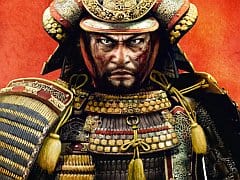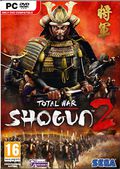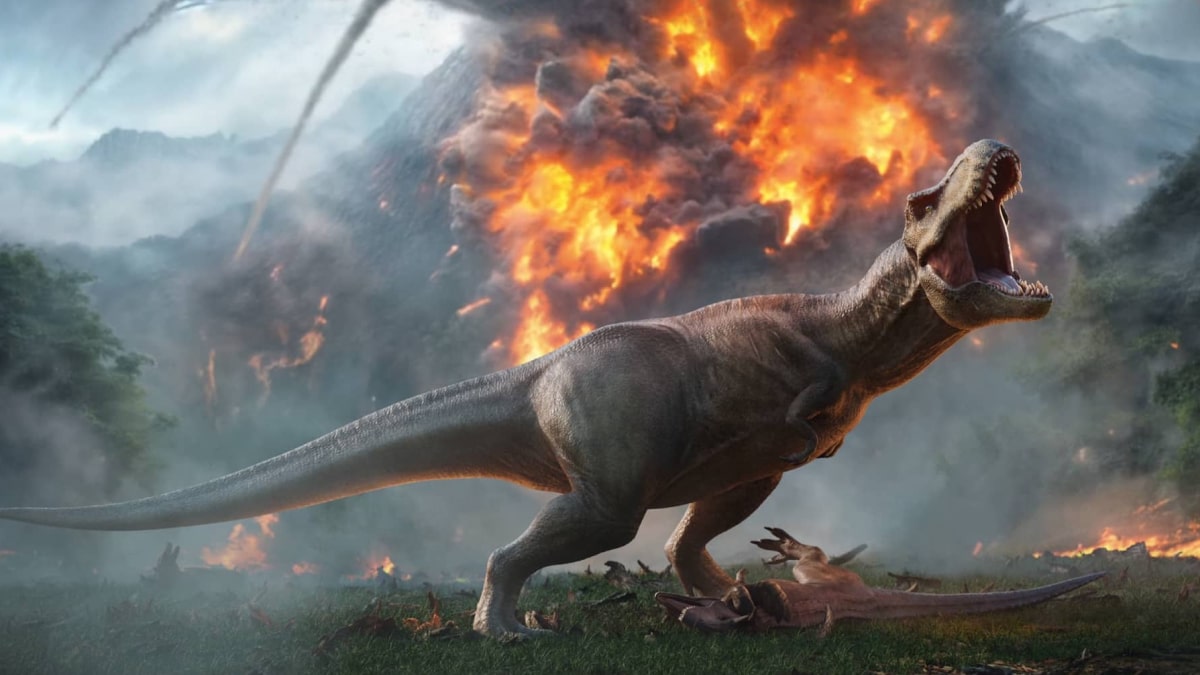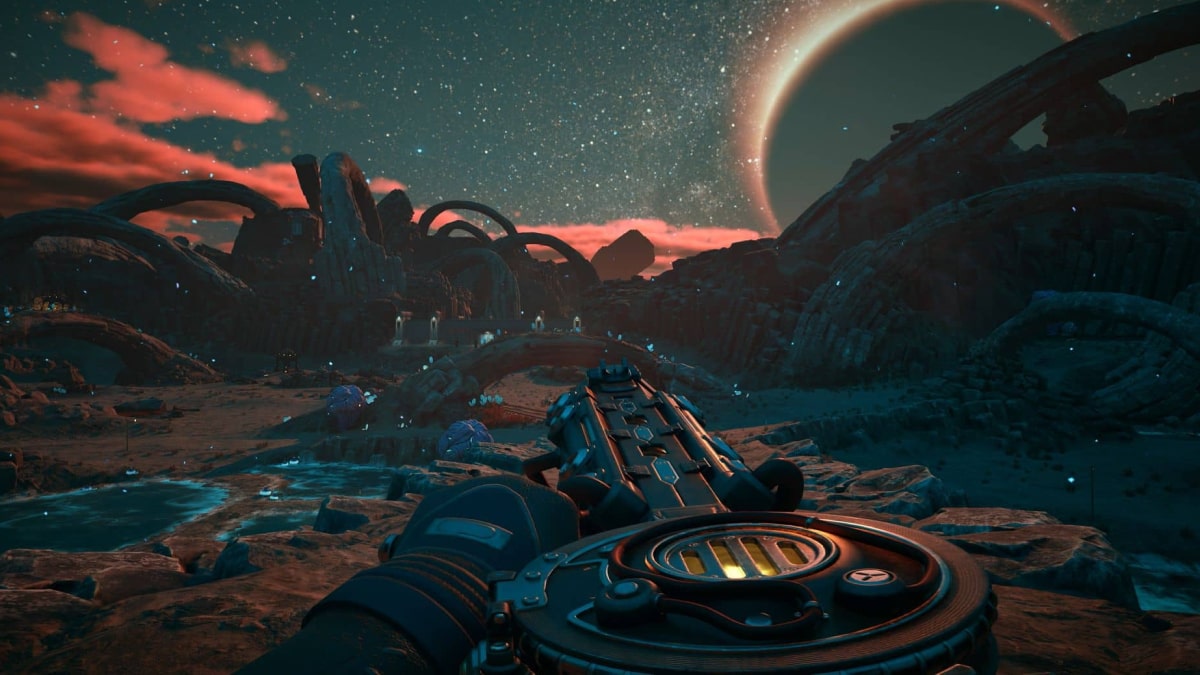You can trust VideoGamer. Our team of gaming experts spend hours testing and reviewing the latest games, to ensure you're reading the most comprehensive guide possible. Rest assured, all imagery and advice is unique and original. Check out how we test and review games here
The land of the rising sun holds a strange sort of fascination for westerners, more so than other far eastern countries. China has an arguably richer and more extensive history, yet there’s something about that most mysterious and isolated of lands that fascinates us. And, of course, there’s Creative Assembly, who has returned to Japan to create a sequel to the game that made its name, Shogun: Total War.
To Creative Assembly, there’s more to Japan than bemusingly perverted erotica involving tentacles. There’s a perfect setting for a historical strategy game with all the samurai you could possibly want to control, with a smattering of ninja and monks thrown in for good measure. Set in the mid-sixteenth century, feudal Japan is in turmoil, a number of powerful clans vying for ultimate control of the country.
Family organisations such as the Date, the Shimazu and the Tokugawa are among the controllable factions you can choose from when you start a single-player campaign, although there are loads of others to trade or fight with. For those who aren’t familiar with the Total War series, there’s a very extensive tutorial that’ll give new players a comprehensive lesson in what you’ll need to be doing to achieve success, while also serving as a decent refresher course for veterans, introducing as it does some of the newer concepts that are unique to Shogun 2.
Essentially it’s the same as previous Total War titles, split into the Risk-style campaign map and table-top wargaming-esque battle sections. You move the army and character avatars around the map, fighting battles and performing espionage actions while also managing your burgeoning empire, fixing taxes and constructing new buildings while improving existing infrastructure. The names of the buildings may have changed, but the concepts will be very familiar.
As the game is solely focused on the Japanese islands, turns no longer represent years passing by but instead mark the changing of the seasons. The Japanese landscape is markedly different during each one, so it makes good sense to split turns in this fashion. It also makes a difference on the battlefield, with going to war in the winter months potentially means a skirmish in a blizzard. It gets quite difficult attempting to fight a pitched battle in the middle of a forest while snow obscures your view.
It’s also sometimes slightly difficult to know which unit does what, especially when you’re involved in naval skirmishes. Creative Assembly’s art team has taken the decision to make most aspects of the game aesthetically Japanese in style, which really gives Shogun 2 a unique visual flavour. However, at times it can be confusing as those just starting out won’t be able to tell at a glance just what each unit is armed with or capable of doing.
It’s not too much of an issue on land, as you could just zoom in to see what pointy things the unit in question is holding, but at sea it’s a different kettle of fugu. Boat designs are very similar so the unit cards all look as such, making it difficult to know what special abilities each one has. Other than that, and perhaps the unit grouping not being clear enough, the decision to go with an artistic rather than purely functional interface look was the right one.
On the battlefield, the series has naturally returned to its roots after the brief diversion into the world of gunpowder and primarily ranged combat seen in Empire and Napoleon. While there are crude firearms units available, it’s now back to bows, swords and melee charges. There are various stages of quality for your units, with ashigaru being the lowest rank, though there’s no equivalent to, say, Medieval’s peasant unit. The yari (spear) and bow ashigaru will be the backbone of your armies at first, while you spend time developing new ‘arts’ (i.e. technologies).
Once you’ve advanced, better armoured samurai units will become available, plus you’ll also get the chance to recruit battlefield ninja, build siege weapons and take on ‘hero’ units, which are smaller, elite versions of your regular ones. Naval battles are quite different to Empire’s too, with the strange, box-like designs meaning it’s more like a land battle on the sea. Boarding actions are commonplace and the skirmishes are more frantic than before, as the use of oars allows tighter turns and no reliance on wind direction. The bigger craft are fascinating, huge wooden contraptions that look like they should never be seaworthy, but with a rain of arrows emerging from the top deck of your heavy bune, it’s not quite so amusing for those being showered.
Both on land and sea, victories mean you can upgrade the abilities of your generals, admirals and characters. The old star system and traits are present, except this time you can choose the retainers that follow your leaders around, plus they all have their own individual skill trees, allowing for specialisation of nearly all types of character.
For example, a ninja successfully performing tasks can be made into a specialist in sabotage or assassination, as well as accruing bonuses to subterfuge that help him avoid detection from the Metsuke, a pseudo-police officer/counter-espionage character. Generals winning battles can choose to become strategists or heroic fighters, while the Daimyo, the leader of your faction, along with his regular duties on the battlefield (if you choose to send him out to fight) also has to contend with the status of his honour.
If he does things that could be considered dishonourable, like looting captured cities, his generals and citizens might not take kindly to it, increasing their likelihood of revolting or just being generally easier to bribe. The rest of the leader’s family also have a part to play in the running of the clan, with the women providing heirs and also being used as political pawns in arranged marriages with a prospective ally. Males grow to become generals, but they can also be used in diplomatic deals, being traded as hostages to the honouring of an agreement – if a deal is broken, the rival clan holding him hostage has the right to execute him.
The quality of Shogun 2 is undeniable. Creative Assembly’s decision to go back to their first stomping ground was a surprising one, but it’s been proved inspired. Empire’s ranged approach was a welcome diversion, but it’s probable the move back to a melee-centric approach will be popular. The campaign aspect is more accessible due to a good tutorial, yet also more in-depth with all the character specialisations.
What’s always been an issue, and one that’s been ‘dealt with’ on many an occasion only for it to rear its ugly head every time, is the battle (and campaign, to an extent) AI. It’s difficult to say whether it’ll be a major issue this time, as problems tend to crop up weeks or even months down the line. However, having said that, battle AI does seem stronger, with the computer protecting his general better (no more suicidal charges) and trying to exploit weaknesses in battle lines more effectively.
It’ll never be perfect, and there were occasional times I saw enemies pinned down inside a fortress unable to react to constant volleys of arrows, just standing around and getting whittled down. In fact, siege battles seem to be the place where most AI-related concern should lie, but as elsewhere it’s much harder to spot any glitches. Naval combat is better than it was in Empire and Napoleon, but it still suffers a little from ships not reacting quickly enough to orders, and sometimes just not doing anything at all.
All of this won’t be an issue in multiplayer, and Creative Assembly has introduced a completely new semi-persistent element to the regular skirmish and custom battle modes. Avatar Multiplayer sees you create a personalised general who will lead your armies out into battle. Picking a starting location, each of which provides a bonus to specific types of units, you then embark on a quest to capture territory, which levels your avatar up and unlocks new armour and so on. Being in a ‘clan’ can also provide new unlocks and other such things, plus getting Steam achievements in any aspect of the game rewards the player with new items.
It’s a welcome addition, proving there can be more than just one-off battles to the Total War series’ multiplayer. Those are still here and there’s the drop-in campaign mode to consider. It’s the most complete online package the series has seen and, provided players ‘get’ it, should provide good context for the multiplayer battling.
Shogun 2 is a worthy successor to the original and shows that Creative Assembly has no desire to stop making great strategy games. It’s wonderfully colourful and completely unique, and it should provide the usual hundreds of hours of gameplay for the hardcore. Those worrying about a retrograde step being taken for the series shouldn’t have done so – it’s a classic, no question.

/https://oimg.videogamer.com/images/d3f5/shogun_2_total_war_47.jpg)
/https://oimg.videogamer.com/images/b565/shogun_2_total_war_45.jpg)






